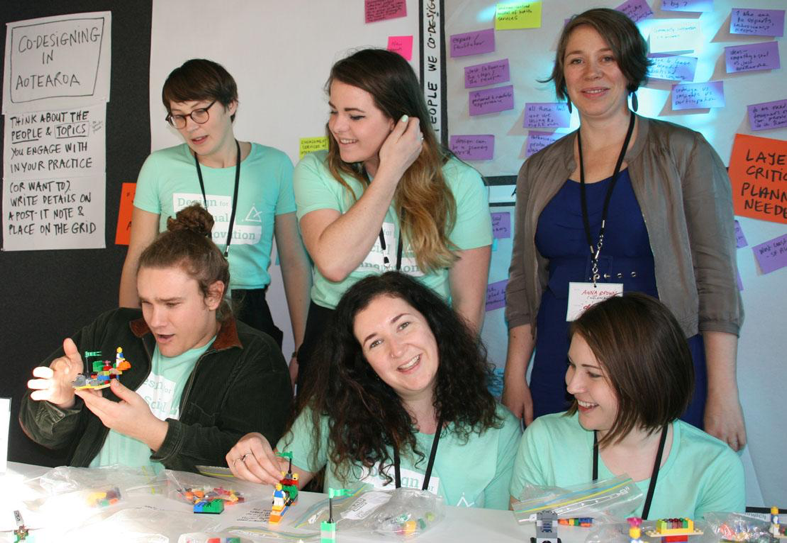
Most of us know all about the aesthetic, and functional, values of design. Nothing too groundbreaking there, really.
But how about design with a purpose? Or in other words, design to meet the needs of people?
That’s what Massey university’s School of Design is doing with Toi ?ria: Design for Public Good. The new initiative, from Massey’s College of Creative Arts, brings together some of the university’s top design researchers and graduates to work on public sector projects, such as a partnership with the Office of the Clerk to modernise the process of making e-submissions and e-petitions about proposed Government policies.
School of Design senior lecturer and Toi ?ria director Anna Brown says traditional visual design is being superseded by service and experience design, which uses the skills and processes of design to better meet people’s needs. “We were asked to look at the process of citizens submitting submissions and petitions electronically to Government,” she explains. “New Zealanders need to know how to have a say between elections and the Office wants to improve access and engagement. We did workshops with various demographic groups and surprisingly found people lack everyday awareness of what they can have a say about and the impact their voices can have on decision making.”
The first phase of its e-submission project already finished, the next step is making recommendations about ways the process can be improved. That, Brown says, closely aligns to what Toi ?ria is all about. “The interesting thing is that it is responding to the University’s role to take what we know and understand in our teaching and academic space into the world.”

Massey University in Wellington.
The e-submission project is far from the only social enterprise-related design project Massey is involved in. The school recently hosted the second annual Design for Social Innovation symposium at its Wellington campus, with about 120 people from government departments, local government and non- profit agencies from around the country taking part over two days. Representatives from ACC, the Ministry of Social Development, Department of Corrections, Police, UNICEF, local councils, and consulting firms Deloitte and PwC all attended.
“They came together because they have a similar set of values and goals,” explains Brown. “They are trying to deliver better public services to NZ.”
Ng?i T?hoe CEO Kirsti Luke, who along with Ng?i T?hoe Iwi chairperson Tamati Kruger was one of the featured speakers, talked about the economic and social challenges faced Ng?i T?hoe. She said co-design was an antidote to the more typical “top-down” way of doing things. “The co-design process for us is how to innovate to end despair in our families,” she explained “We are fighting for a future families want to live in, but people must fight for a future of their own making.”
The symposium has also led to more conversations about social enterprise design. “We will continue to engage with each other in some activities,” says Brown. “People working on these difficult social issues in large organisations don’t always feel supported. Many went away from the symposium feeling there is hope – that we are embarking on a journey together.”
So is design with a purpose having a moment? Brown thinks so. “Design processes can help build meaningful partnerships to find new ways to approach big societal challenges.”




